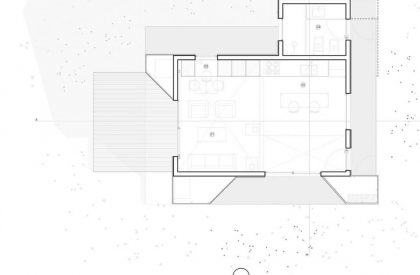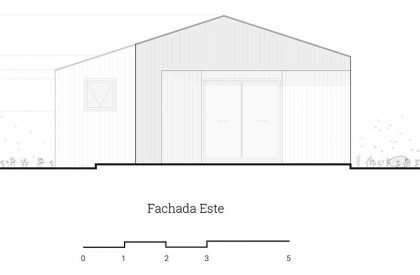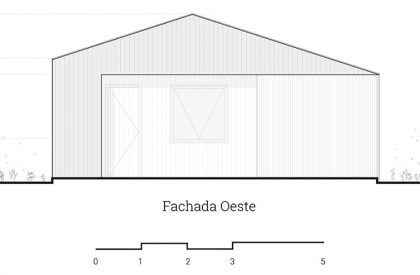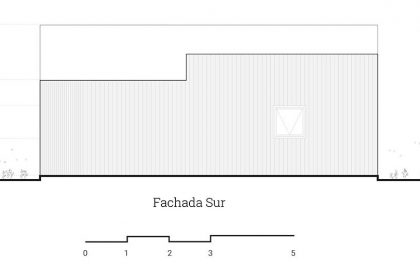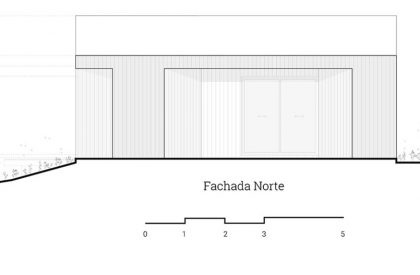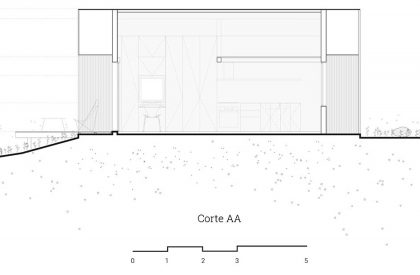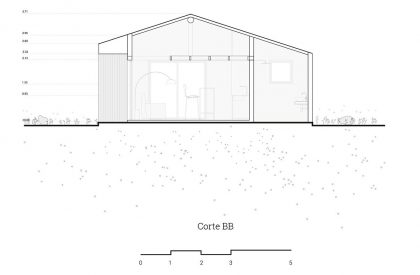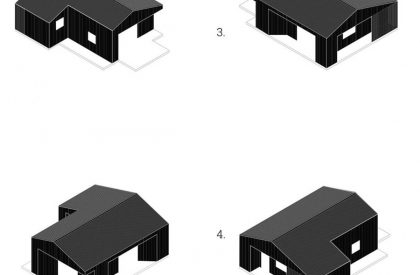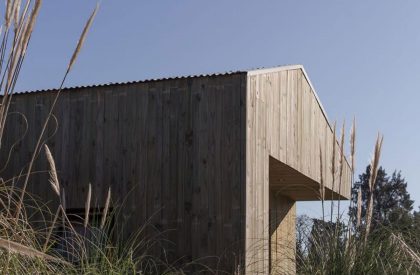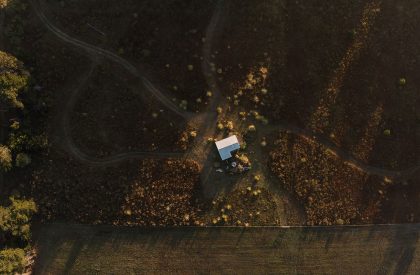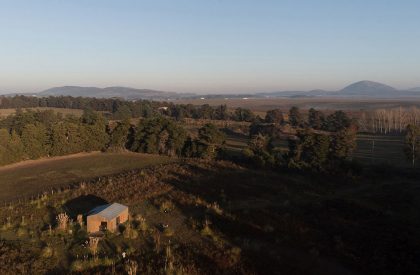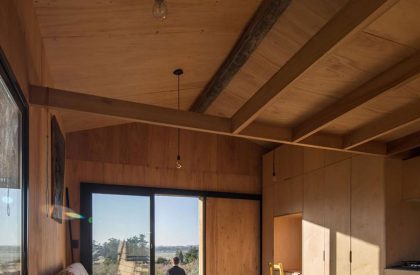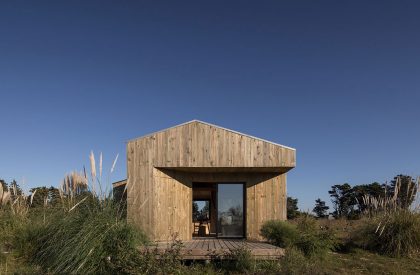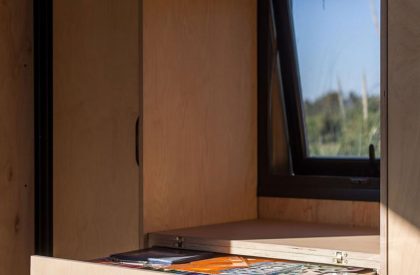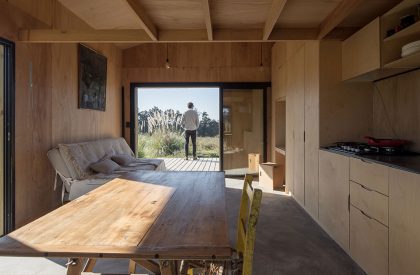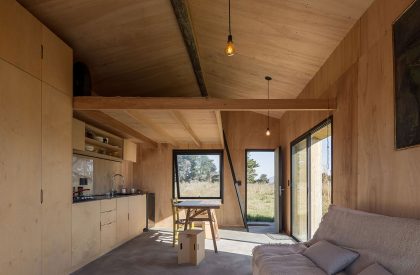Excerpt: El Chajá, designed by the architectural firm TATŪ Arquitectura, is a residence that intended to preserve the rural identity of Uruguay. The commission consisted of converting the space into a house refuge without increasing its volume or modifying the main structure. At the same time, it had to allow it to be used during short or long stays indistinctly, which implied a programmatic expansion that could guarantee the habitability that the owners wanted.
Project Description
[Text as submitted by Architect] On the land to be intervened, located near the Laguna del Sauce, Maldonado, there was an abandoned construction previously used to store forage and field tools. The building had been executed in traditional construction. Although it was in disuse, a large part of its structure was in exemplary conservation. The client, based in France, called us to implement an intervention to transform this construction into his second residence. The residence would be used in those moments when they visited Uruguay.


The commission consisted of converting it into a house refuge without increasing its volume or modifying the main structure. At the same time, it had to allow it to be used during short or long stays indistinctly, which implied a programmatic expansion that could guarantee the habitability that the owners wanted.

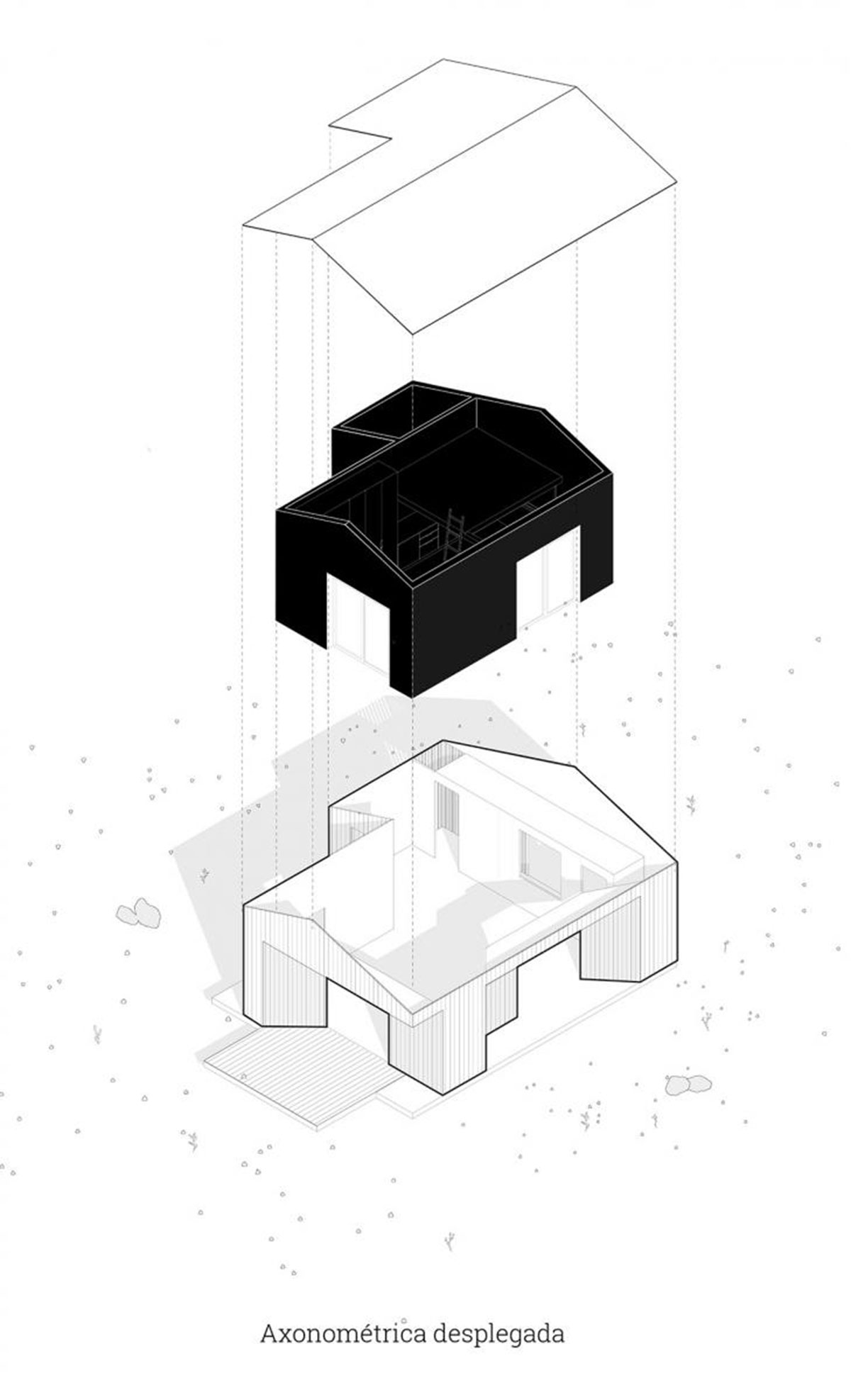
We decided to maintain the shape and layout of the roof to rescue a specific identity present in the landscape. According to the programmatic requirements, we suggested an exterior wooden membrane, lightweight and easy to install. In addition to covering existing construction, this membrane would amplify the use of annexe programs between old and new buildings. The interior was freed from these programmatic bubbles, acquiring a feeling of greater spaciousness with clean and full surfaces.

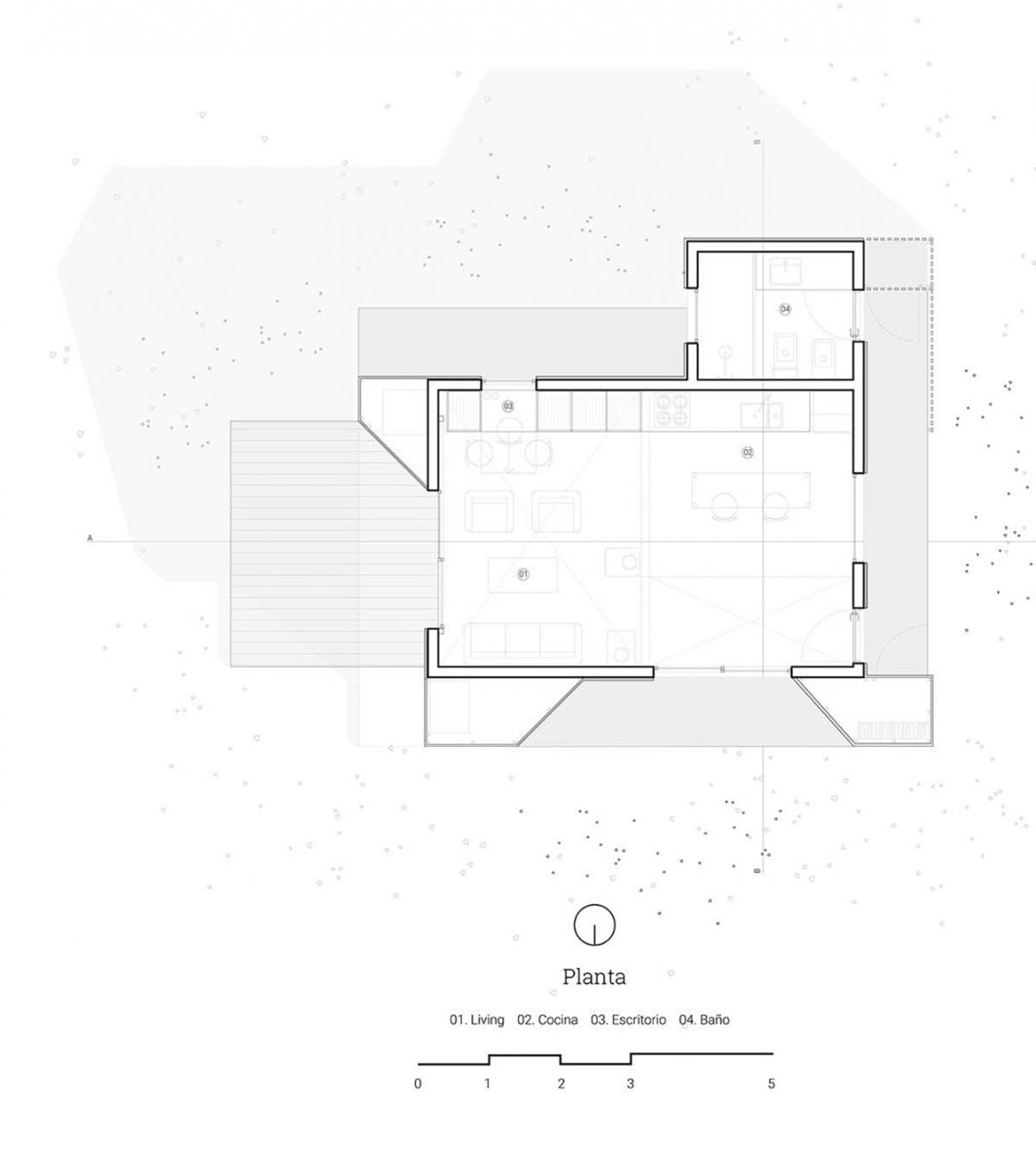
The interior distribution is articulated from an equipped wall containing the kitchen, pantry and desk that would provide the flexibility to operate in a home office format. The resting area with the bed and closet spaces was on a mezzanine above the dining room. In the end, the decision was made to provide access to the services outside. The intent was to preserve the rural identity of Uruguay by reviving the typical functioning of rural houses in a contemporary piece.


The edited landscape
The client, a landscape designer, had a strong vision for connecting the house and the surrounding terrain. The design is based on minimal intervention, preserving the local vegetation called “Chircal”, also frequently referred to as dirty fields. This type of vegetation tends to be removed or converted into productive land. However, the “Chircal” is positioned as the dominant element in this design. A series of winding paths inspired by animal tracks provide the structure and contrast to give legibility to this edited landscape. The ecological, ornamental, and low maintenance advantages of this approach are many and a great way to revalue the identity and character of our local landscape.


